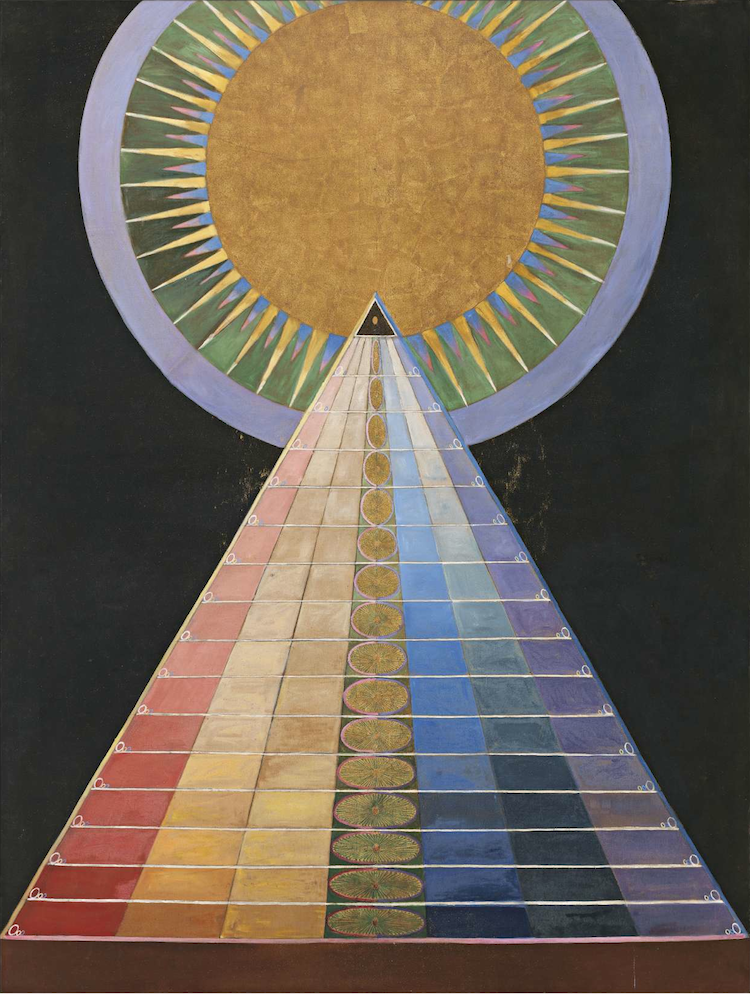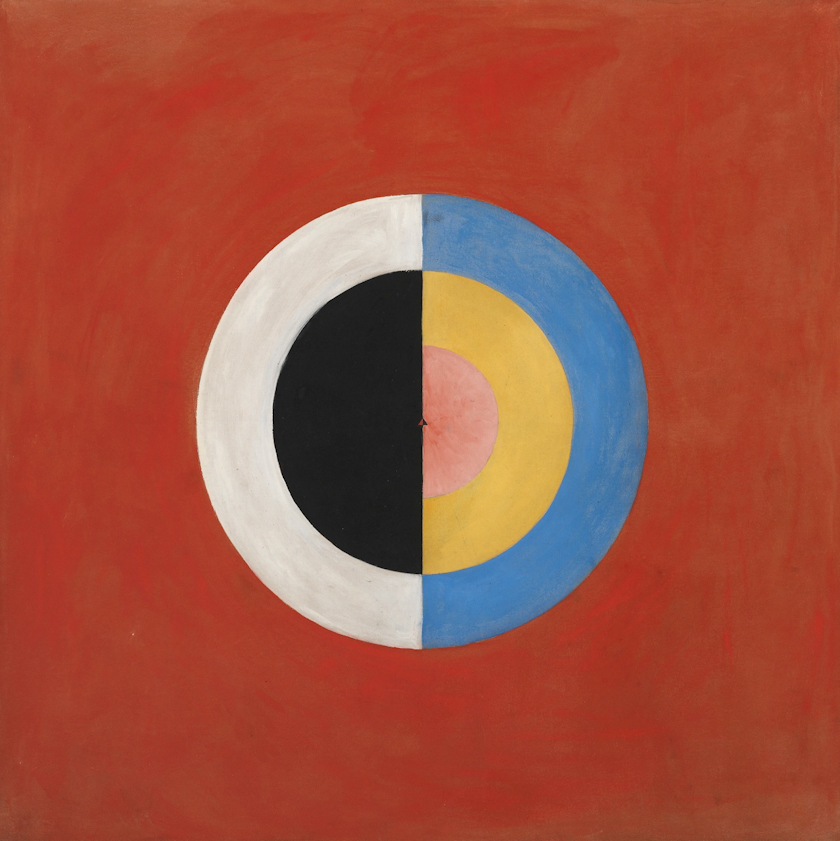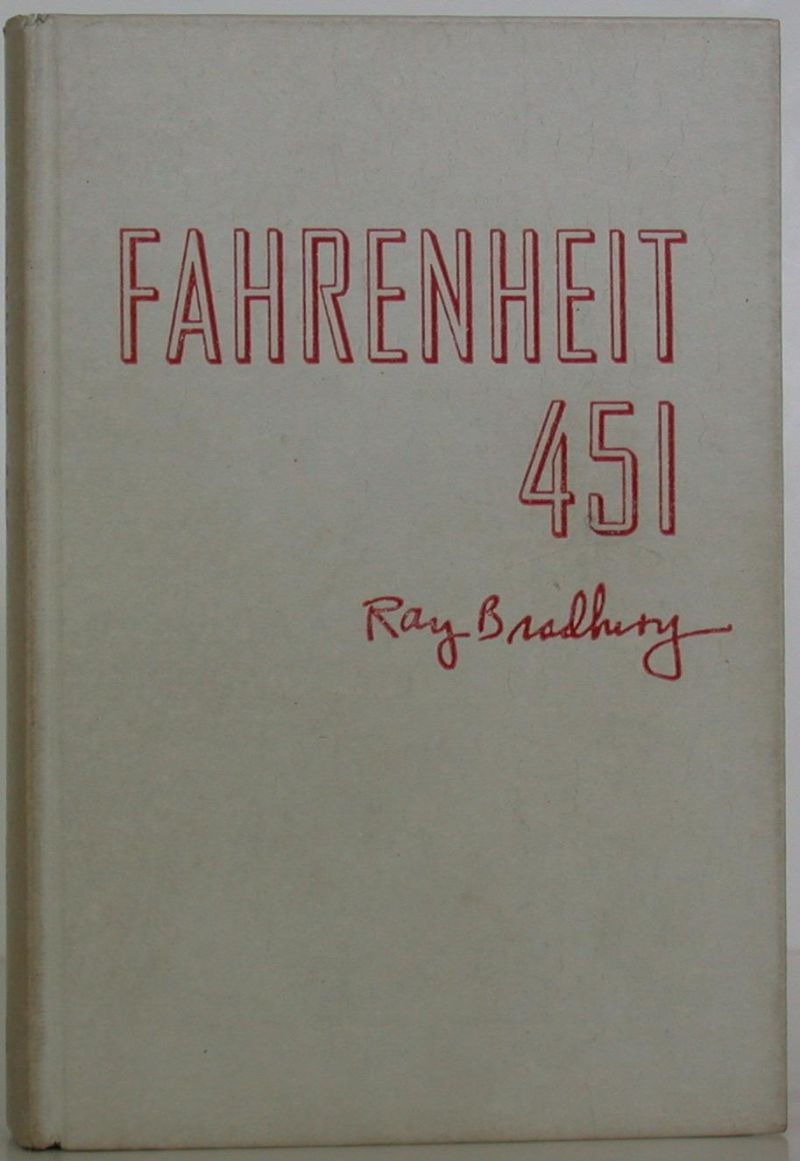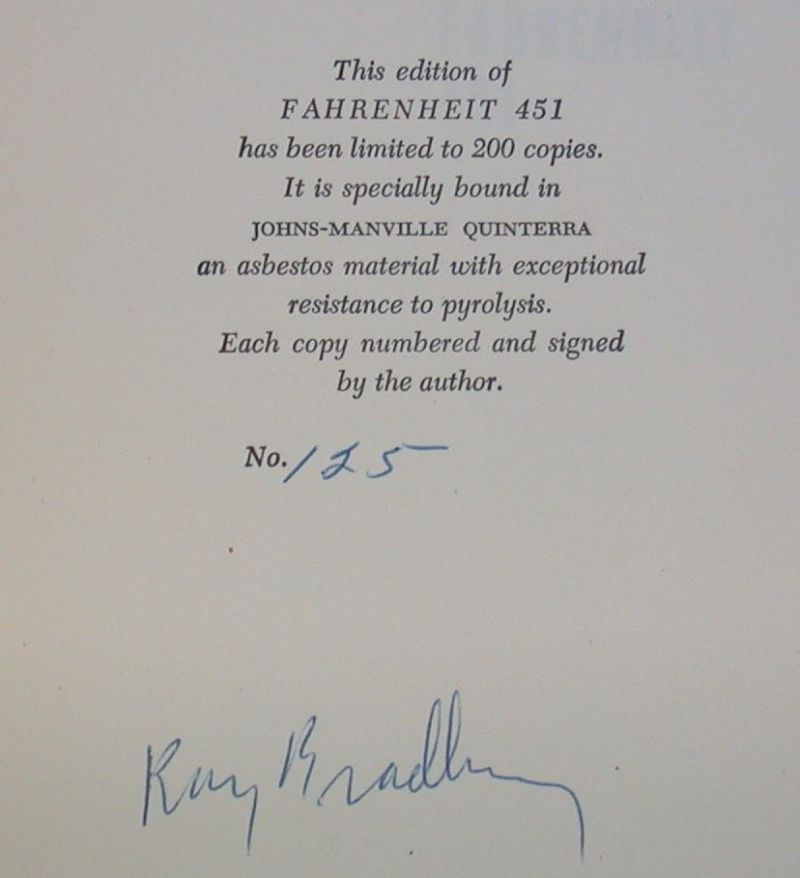We all remember our early encounters with the work of Charlie Kaufman, though few of us knew at the time — or even know now — that it was the work of Charlie Kaufman. Now acclaimed as a screenwriter and the director of the films Synecdoche, New York and Anomalisa, he brought his penchant for the intersection of the philosophical and surreal even to the first projects he worked on. These include episodes of television shows like Get a Life, the early-1990s sitcom known primarily for its weirdness, and the more subtly askew Ned and Stacey a few years later. But only at the end of the 1990s did Hollywood and its audiences taste Kaufman’s writing in its purest form in Being John Malkovich.
Directed by Spike Jonze, Being John Malkovich, a film about a puppeteer who discovers a tunnel into the mind of the titular actor, launched a cinematic exploration of Kaufman’s signature themes: control, connection, identity, mortality. That exploration would continue in Kaufman and Jonze’s next film, Adaptation, as well as in his collaborations with director Michel Gondry, Human Nature and Eternal Sunshine of the Spotless Mind. “Writing with Honesty,” the Channel Criswell video essay above, shows us how Kaufman has approached those themes in the films he has written for other directors as well as for himself.
In Kaufman’s work, says Channel Criswell creator Lewis Bond, “the craft and struggle of the writer is ever-present with the raw sincerity with which the angst of every person is put on display.” This has required Kaufman not just to break long-established rules of screenwriting but to put himself into his screenplays in unusually direct ways (as evidenced by Adaptation’s depiction of screenwriting guru Robert McKee and use of a screenwriter main character named Charlie Kaufman). His “exploration of the human condition” necessitates “placing his own anxieties at the center of his work. His naked ego is completely exposed to the audience, to the point of unbridled self-scrutiny.” In other words, “the further he probes into his characters, the deeper he actually delves into himself.”
This may sound self-indulgent — and nobody acknowledges that more than Kaufman himself — but Bond describes the process as “testing his own persona as he’s placing himself in situations that he doesn’t know how to overcome. He watches others watching himself, giving him the liberty to write as he discovers.” He discovers, as his writing takes him into the realms of the abstract, the metaphorical, and the symbolic, that he and his viewers share an inner self. “Portals to the head of John Malkovich, a fake twin brother he writes as real, a theater the size of a city taking priority over the end of the world: all these are clear peeks into the soul of Kaufman, his attempts to reconcile his personal foibles, and through this we recognize our own frailties and anxieties in his.” Hence, perhaps, the memorability of our encounters with Kaufman’s work: they’re also encounters with ourselves.
Related Content:
What Makes a David Lynch Film Lynchian: A Video Essay
Watch a Video Essay on the Poetic Harmony of Andrei Tarkovsky’s Filmmaking
44 Essential Movies for the Student of Philosophy
Based in Seoul, Colin Marshall writes and broadcasts on cities and culture. His projects include the book The Stateless City: a Walk through 21st-Century Los Angeles and the video series The City in Cinema. Follow him on Twitter at @colinmarshall or on Facebook.










